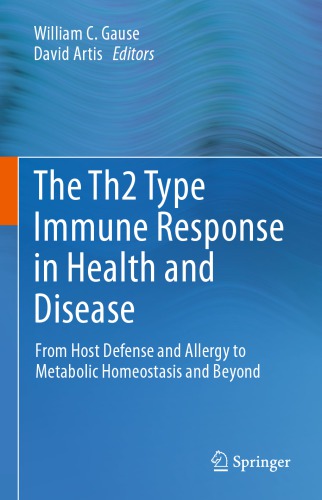

Most ebook files are in PDF format, so you can easily read them using various software such as Foxit Reader or directly on the Google Chrome browser.
Some ebook files are released by publishers in other formats such as .awz, .mobi, .epub, .fb2, etc. You may need to install specific software to read these formats on mobile/PC, such as Calibre.
Please read the tutorial at this link: https://ebookbell.com/faq
We offer FREE conversion to the popular formats you request; however, this may take some time. Therefore, right after payment, please email us, and we will try to provide the service as quickly as possible.
For some exceptional file formats or broken links (if any), please refrain from opening any disputes. Instead, email us first, and we will try to assist within a maximum of 6 hours.
EbookBell Team

4.8
14 reviewsThe type 2 immune response that develops during infectious disease has undergone major paradigm shifts in the last several years as new cell types and pathways have been identified. It is now clear that the type 2 immune response, characterized by elevations in specific cytokines, including IL-4, IL-5 and IL-13, is associated with helminth infections in both humans and mice. This response is complex and includes effector functions that mediate resistance, contributing to expulsion and in some cases destruction, of the parasite. But just as importantly, the type 2 immune response can also mediate tolerance mechanisms, which can mitigate tissue injury as these large multicellular parasites transit through vital organs. The tolerance mechanisms include both tissue repair and immune regulatory effects. These latter aspects of the helminth-induced type 2 immune response are increasingly recognized as a potential resource that can be mined for the development of novel immunotherapies that may enhance wound healing, control of autoimmune and inflammatory diseases and regulation of metabolic homeostasis. In this book, leading researchers in this exciting and dynamic field discuss the latest findings and emerging concepts, providing an intellectual framework that can be used as a basis for new discoveries and potentially new treatments for diseases associated with inflammation.